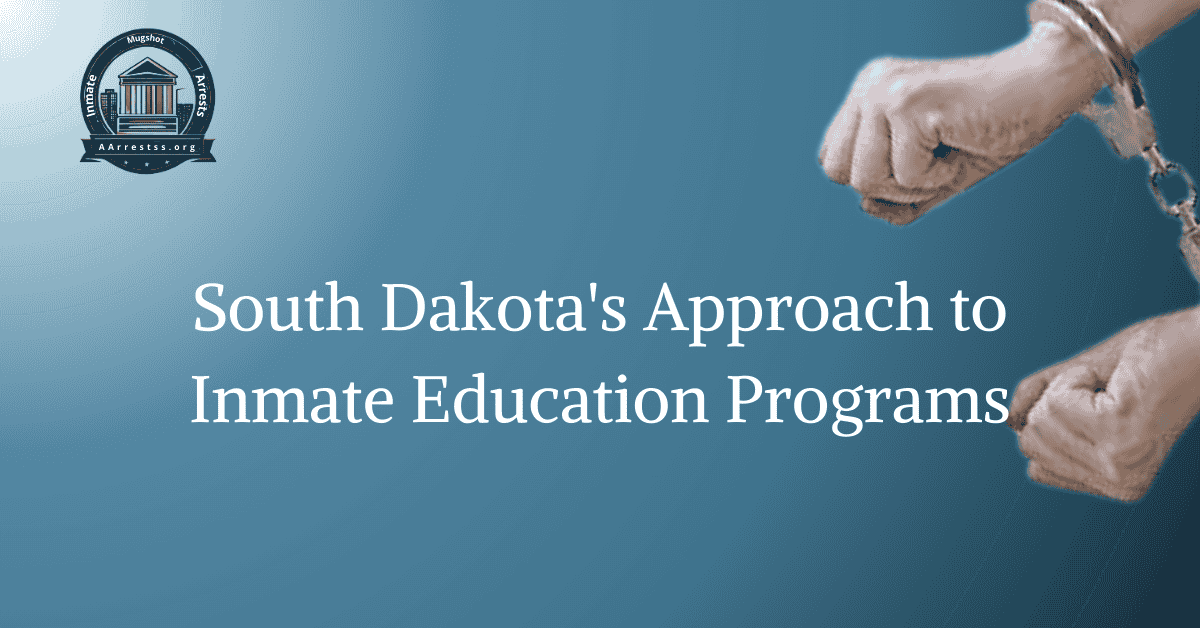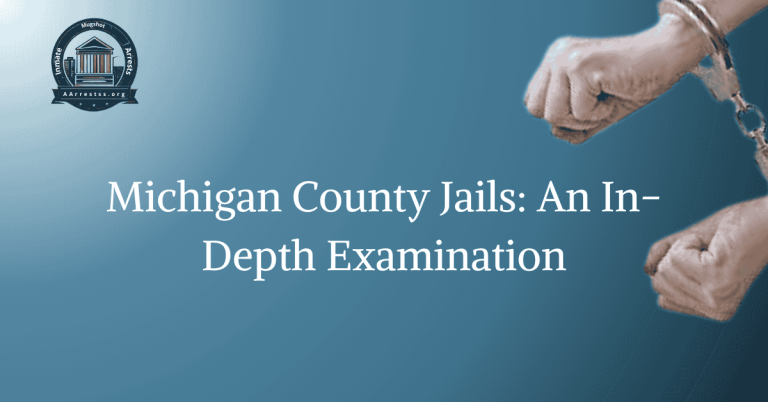South Dakota’s Approach to Inmate Education Programs
In South Dakota, the state’s Department of Corrections has taken a unique and innovative approach to inmate education programs. Recognizing the importance of providing inmates with the necessary tools and skills to successfully reintegrate into society upon their release, South Dakota has made education a top priority within their correctional facilities.
The Benefits of Inmate Education Programs
Providing education programs for inmates has proven to have numerous benefits for both the individuals and society as a whole. In South Dakota, the state’s Department of Corrections recognizes the importance of these programs and has made them a priority within their correctional facilities.
Reducing Recidivism Rates
One of the primary goals of inmate education programs is to reduce recidivism rates. By providing inmates with the necessary tools and skills to successfully reintegrate into society, these programs aim to break the cycle of criminal behavior. Education has been shown to increase employment opportunities and decrease the likelihood of reoffending.
Improving Inmate Well-being
In addition to reducing recidivism, inmate education programs also have a positive impact on the well-being of individuals. Engaging in educational activities can provide a sense of purpose and self-worth for inmates. It can also promote personal growth and development, leading to improved mental health and overall well-being.
Enhancing Employment Prospects
Education plays a vital role in increasing employment prospects for individuals, including those who have been incarcerated. Inmate education programs aim to equip inmates with the necessary skills and knowledge to secure gainful employment upon their release. By enhancing employment prospects, these programs contribute to reducing reoffending rates and promoting successful reintegration into society.
Promoting Community Safety
Investing in inmate education programs is a proactive approach to promoting community safety. By providing inmates with education, they are more likely to become productive members of society upon their release. This, in turn, contributes to a safer community by reducing the likelihood of individuals returning to criminal behavior.
Cost Savings for the Criminal Justice System
While inmate education programs require initial investments, they have the potential to generate long-term cost savings for the criminal justice system. By reducing recidivism rates, these programs lessen the financial burden associated with incarceration and the need for additional law enforcement resources. Investing in education for inmates can result in significant savings for the criminal justice system in the long run.
FAQs
What is South Dakota’s approach to inmate education programs?
South Dakota’s approach to inmate education programs focuses on providing comprehensive and diverse educational opportunities to incarcerated individuals. These programs aim to equip inmates with the necessary skills, knowledge, and tools to successfully reintegrate into society upon their release.
What types of educational programs are offered to inmates in South Dakota?
South Dakota offers a wide range of educational programs for inmates, including adult basic education, vocational training, college courses, and specialized programs in various fields such as technology, business, healthcare, and more. These programs are designed to cater to the diverse needs and interests of inmates.
How are these educational programs beneficial for inmates?
These educational programs provide inmates with valuable opportunities to acquire new skills, enhance their knowledge, and improve their chances of securing employment upon release. By participating in these programs, inmates can develop a sense of purpose, self-esteem, and hope for a better future.
Are these educational programs mandatory for all inmates?
Participation in educational programs is not mandatory for all inmates in South Dakota. However, they are highly encouraged and incentivized through various means such as reduced sentences, improved living conditions, and potential job opportunities. Inmates who actively engage in these programs often experience a more successful reentry into society.
How are these educational programs funded?
South Dakota’s inmate education programs are funded through a combination of state and federal resources. The state allocates funds specifically for inmate education, and federal grants are also utilized to support these programs. Additionally, partnerships with educational institutions and organizations help expand the resources available for inmate education.
What are the long-term benefits of South Dakota’s inmate education programs?
The long-term benefits of South Dakota’s inmate education programs are significant. By providing inmates with education and skills training, the programs contribute to reducing recidivism rates, promoting successful reintegration into society, and ultimately creating safer communities. Inmates who participate in these programs are more likely to find employment, pursue higher education, and lead productive lives after release.







